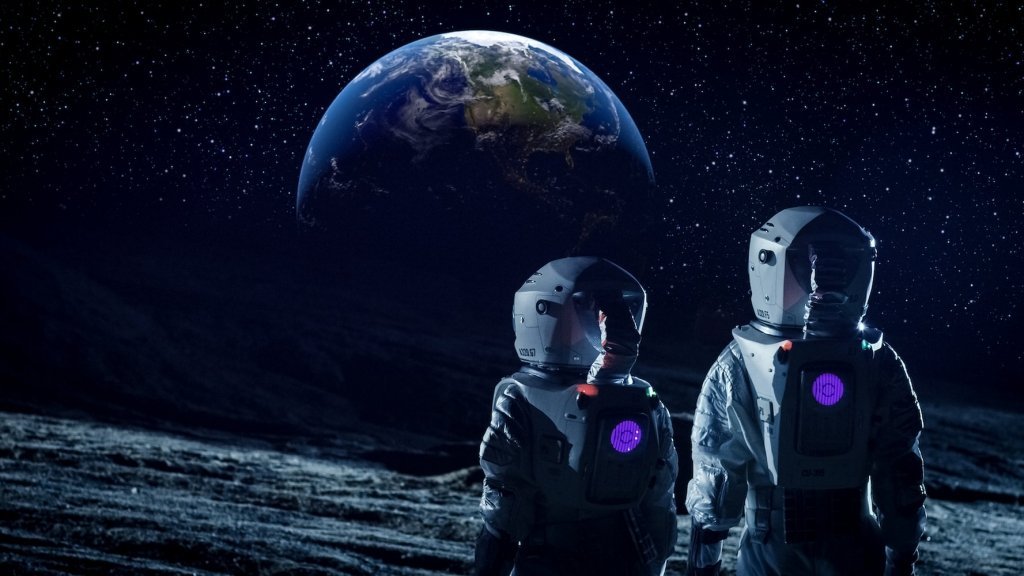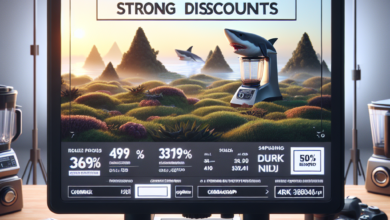If You’re On the Moon Does the Earth Appear to Go Through Phases?

If you lived on the moon, then you would need to give up plenty of things that you take for granted on Earth. Your capacity to breathe out with no helmet.
Individuals have spent millennia popping up in the skies, watching it grow and set, charting its stages because it grows and shrinks every month. But from the standpoint of the moon, just how would the Earth seem hanging from the heavens?
Well, first, that is dependent upon where you are standing. [How Can a Dark Hole Form? ]
Effectively, this means that the exact same side of the moon constantly facing our world.
The first people who immediately saw the other side of the moon, in other words, the side that is constantly facing away from Earth, were the Apollo 8 astronauts.
In the event that you were camped out on the side of the moon, then you would not have an opinion of Earth. In the event that you were predicated on the other hand, you would see Earth all the time. And Earth would really seem to undergo periods within the course of roughly a month, right contrary to the lunar periods people on Earth will be watching, stated Phil Nicholson, professor and deputy director of the Cornell Center for Astrophysics and Planetary Science at Ithaca, New York.
Lunar phases happen because one-fifth of this moon is always lit up from sunlight . The month-long cycle of waxing and waning we see is only the extended lunar day turning to night as the moon orbits Earth.
While Earthlings stare in a fresh moon (when the side of the moon facing Earth isn’t lit up from sunlight ), a lunar viewer could be taking a look at a”entire Earth,” the half of this world totally illuminated by sunlight. Over the subsequent two weeks, moon dwellers will observe a slumping crescent of Earth before the moon was directly confronting the darkened night side of Earth. At the stage, Earthlings will be basking in the light of the entire moon. To someone standing on the skies, this complete moon’s reflected light (and perhaps some artificial lighting ) might create the new Earth faintly observable.
“You’d see possibly lights around the Earth in cities”
If the component of the moon you are on is undergoing day, the observations of the cosmos may be impacted by sunlight glaring off your helmet or moon stones , Shupla noted. But since the moon has no air, you’d continue to have the ability to examine the stars during the day.
The Earth could also appear much larger than the moon does to us. (The Earth is roughly four times bigger than the moon, in diameter) And from the view of the moon, Earth would likewise always seem to be in a predetermined location.
“While the Earth goes through periods, it will not really move from the skies,” Nicholson informed Live Science. “It wobbles backwards and forward just a tiny bit due to the moon’s elliptical, but it does not rise and set as the moon does to the Earth.” Therefore, if you’re standing in what we perceive as the center of the lunar disc, then the Earth would always seem to be straight overhead.
But from the moon, you would not always observe exactly the very same characteristics of Earth. You would observe various attributes as the world spins.
“Occasionally you’d see more waters and occasionally you might find more continents since the hours go by.”
The query also got Nicholson considering what type of eclipses you would see in the moon.
“If you’re living on the moon, then it would be a lot easier to find solar eclipses since the Earth is so much larger,” he explained. These will happen a couple of times annually. And every time a solar eclipse happens from the standpoint of Earth (such as the 2017 eclipse which has been visible over a large stretch of North America), possibly with the assistance of a telescope, then you would have the ability to see the moon cast its big shadow across Earth.
“You’d see a tiny dark spot,” Nicholson said. “That’s been photographed from orbit. It looks like a tiny black hole that is attempting to consume Earth.”




